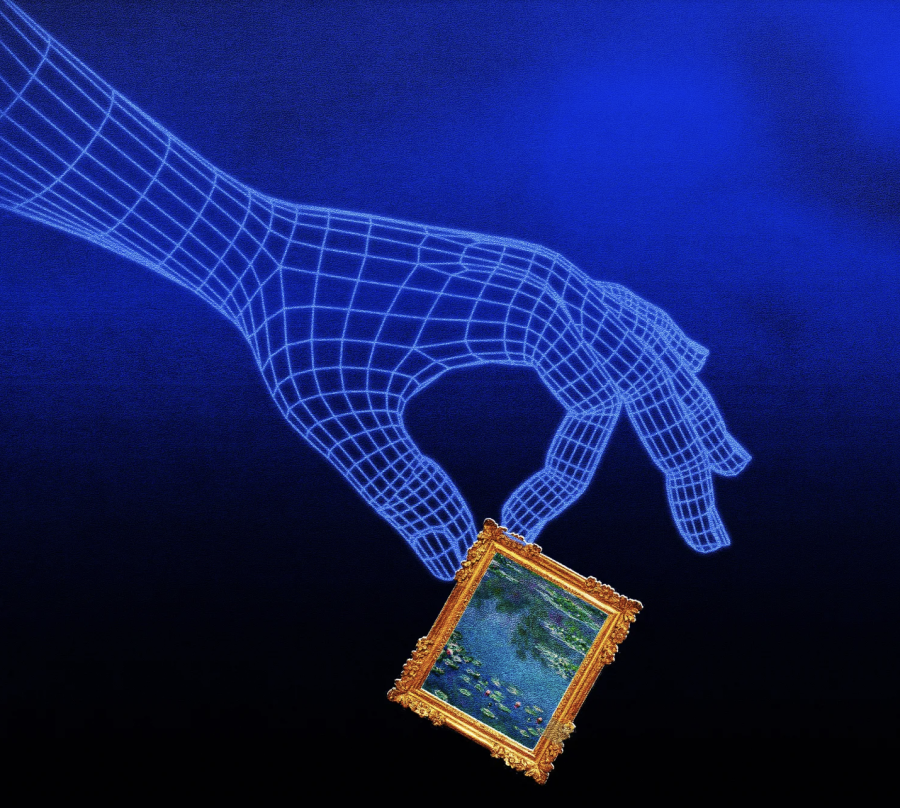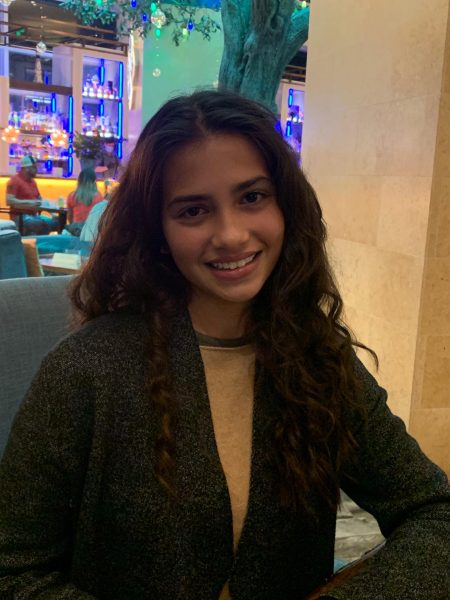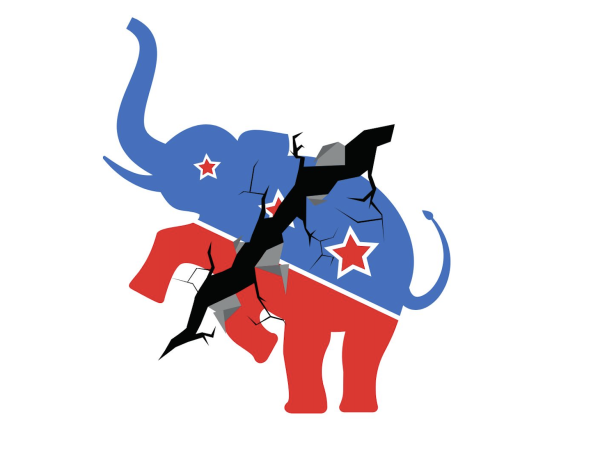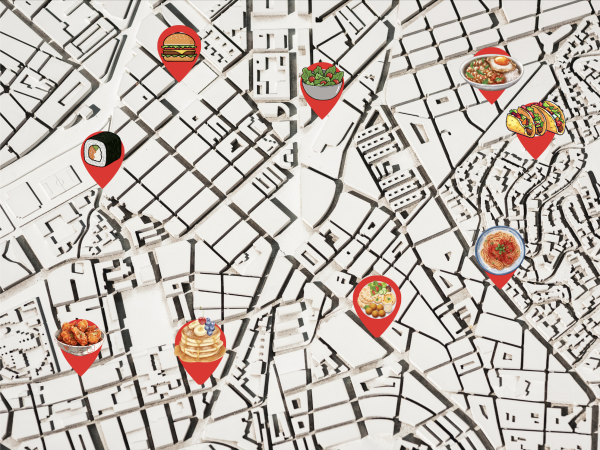The future of technology is now at our fingertips
February 9, 2023
Almost one hundred years ago “Metropolis” was released. In a memorable scene, a woman is strapped to an electrical machine that clones her into a robot. Once she becomes an android in her likeness, she performs her duties effectively without any feelings, regrets or free will. The movie presented a dystopian world where humanoid figures (robots) could replace human workers, and where artificial technology replaces human emotions, making it the first cinematic attempt to discuss artificial intelligence.
According to The Balance, artificial intelligence (AI), has been defined as “machines that respond to stimulation consistent with traditional responses from humans, given the human capacity for contemplation, judgment and intention.” “Metropolis” and other sci-fi films depicted various scenarios of the impact of technology and robots on humans. Only in the ’50s, however, did AI become a field of study for scientists, mathematicians and philosophers. Alan Turing, a computer scientist and decoder most famously depicted in “The Imitation Game,” asked why machines would not be able to use information and make decisions just as humans do, and since then, the application and development of AI in society have quite literally increased by leaps and bounds. Today, self-driving cars and smart computer assistants like Siri and Amazon Alexa are part of reality, not science fiction. These technological tools are possible because of the incredible advancement in AI, and its integration into machines, objects and activities that are critical to today’s world.
AI is not only impacting our daily activities, but it is also reaching into the artistic and creative world. The concept of “artistic creativity” implies an inherent human capability. AI has changed this notion by exponentially expanding the idea of creativity and changing what is considered art, and how art is created. Many artists have embraced this change and are producing work that simply was not possible before AI. From large-scale digital renderings of images and concepts to NFTs, artists use algorithms to set specific and complex rules that are processed by computers. The resulting AI-generated forms can take on shapes, patterns, colors and movements that have never been seen before, and which cannot be achieved by paint, crayons or other mediums. Artists have always experimented with technology, and now, the creative and artistic outputs seem endless due to the computing machine’s capabilities of processing enormous amounts of data and generating visuals that are incredibly complex. The art industry has also benefited from AI development. For example, Art Basel, one of the world’s most prestigious art fairs, showcased numerous digitally created artworks. The main art auction houses have also supported AI-created artworks. In 2018, an AI-generated portrait produced by a collective of artists set a record by selling in under ten minutes for forty times the price that was initially estimated.
From 2018 to 2023, the growth of AI has exponentially increased. AI is now used in finance, healthcare, commerce, transportation, agriculture and education, to name just a few industries. No part of society appears to be untouched by the impact of AI. These days, it is not just AI that is a household term, but also the metaverse and specific names of AI bots that perform human functions in seconds. In November 2022, Chat GPT, a new AI-bot, was released publicly and quickly became all the rage. Chat GPT engages in conversations with the user and produces answers to complex questions in seconds. Chat GPT can deliver precise code, write essays and poems and pass exams. It can do so because it stores the information it receives and has access to an enormous amount of data. It was trained to be able to engage in conversation by human AI trainers who provided conversations in which they played both sides (also known as Reinforcement Learning from Human Feedback (RLHF)).
In an interview with Mihaela Pintea, chair of the economics department at Florida International University (FIU), she emphasized that “whether Chat GPT is going to be a beneficial development, or not, it’s a technology that is publicly offered and we need to know how to use it properly.” Professor Pintea discussed several benefits of Chat GPT, such as assisting students with dyslexia to write cohesively. She also pointed out that reliance on the AI bot can result in students who will stop learning how to write and express themselves initially or will use that information for their assignments. AI bots can result in and even increase unethical and dishonest behavior. Students will use Chat GPT for their assignments because it is easy and available. As these AI bots infiltrate our world more visibly, the academic world will have to address learning through AI. Universities and schools will have to create a consistent approach to academic integrity that is also supported by the students.












